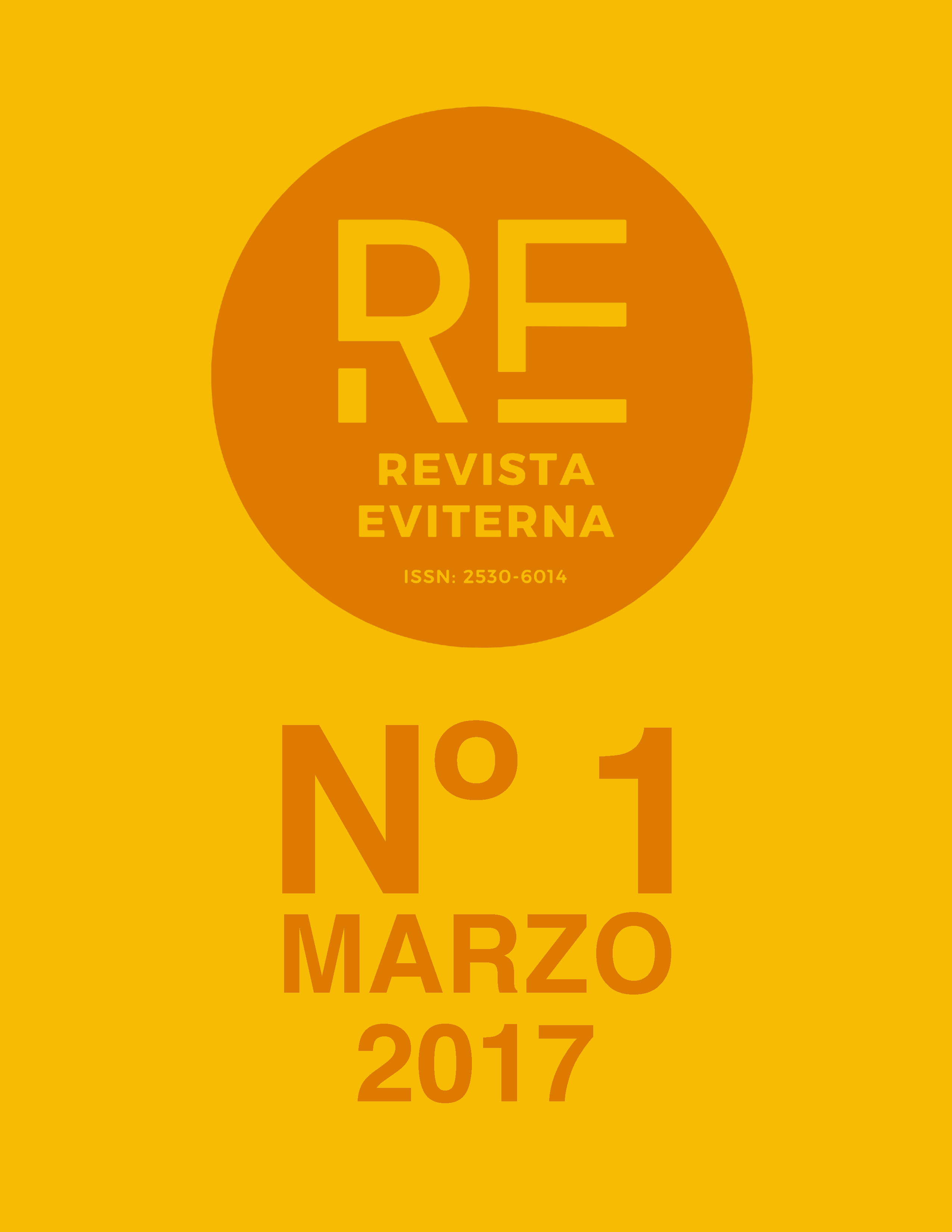Conchita Wurst: from the bearded woman to the androgynous Jesus Christ
DOI:
https://doi.org/10.24310/Eviternare.v1i1.8006Keywords:
Bearded woman; Iconography; Androgyny; Wildefortis; Jesus Christ; Conchita WurstAbstract
The present document analyses the image of Conchita Wurst, winner of the Song Festival Eurovision 2014. Through this televised contest, the performer become very popular, mostly due to the visual impact caused by her provocative image to European spectators. Its novelty lies on his contemporary androgenic treatment, composed with the traditional Western images, which include a bearded woman and Jesus Christ iconography.
Downloads
Metrics
Publication Facts
Reviewer profiles N/A
Author statements
Indexed in
-
—
- Academic society
- N/A
- Publisher
- Universidad de Málaga
References
ANASAGASTI URRUTIA, Pedro (1976), Liberación en San Francisco de Asís. Peculiar metodología misionera franciscana en el siglo XIII, Franciscana Aránzazu, Guipúzcoa.
DARWIN, Charles (1868/2014), The Variation of Animals and Plants Under Domestication, vol. II, p. 328.
DIEGO, Estrella de. (1992), El andrógino sexuado, Visor, Madrid.
GRABAR, André (1985), Las vías de la creación en la iconografía cristiana, Alianza, Madrid.
PÉREZ SÁNCHEZ, Alfonso, GALLEGO, Julián y MENA, Manuela (1986), Monstruos, enanos y bufones en la Corte de los Austrias (A propósito del Retrato de enano de Juan Van der Hamen), Museo del Prado, Madrid.
PÉREZ SÁNCHEZ, Alfonso ( 2003), Jusepe de Ribera el Españoleto, Lunwerg ed., Barcelona.
PÉREZ SÁNCHEZ , Alfonso (1994), Ribera, Alianza, Madrid.
PEDRAZA, Pilar (2009), Venus barbuda y el eslabón perdido, Siruela, Madrid.
RÉAU, Louis (1998), Iconografía del arte cristiano. Iconografía de los santos. De la P a la Z – Repertorios, tomo 2 , vol. 5, Serbal, Barcelona.
RÉAU, Louis (1996), Iconografía del arte cristiano. Iconografía de la biblia. Nuevo testamento, tomo 1 / vol. 2, Serbal, Barcelona.
SPINOSA, Nicola (1979), La obra pictórica completa de Ribera, Noguer, Barcelona. http://es.wikipedia.org/wiki/Julia_Pastrana (Consultado: 9/11/2014)
http://santosqueer.blogspot.com.es/2013/07/santa-librada-wilgefortis-una-santa.html (Consultado: 3/11/2014).
http://www.kleinezeitung.at/k/kultur/songcontest/4154419/Fast-wie-Conchita-Wurst_Auch-vor-250-
Downloads
Published
How to Cite
Issue
Section
License
All the contents published in Revista Eviterna are subject to the Creative Commons Reconocimento-NoComercia-Compartirigual 4.0 license, the full text of which can be found at <http://creativecommons.org/licenses/by-nc-sa/4.0>
They may be copied, used, disseminated, transmitted and publicly exposed, provided that:
The authorship and original source of your publication (Journal, editorial and URL of the work) are cited.
They are not used for commercial purposes.
The existence and specifications of this use license are mentioned.

Copyright is of two kinds: moral rights and patrimonial rights. Moral rights are perpetual, inalienable, inalienable, inalienable, inalienable and imprescriptible prerogatives.
In accordance with copyright legislation, Revista Eviterna recognizes and respects the moral rights of the authors, as well as the ownership of the economic right, which will be transferred to the University of Malaga for dissemination in open access.
The economic rights refer to the benefits obtained by the use or disclosure of the works. Revista Eviterna is published in open access and is exclusively authorized to carry out or authorize by any means the use, distribution, disclosure, reproduction, adaptation, translation or transformation of the work.
It is the responsibility of the authors to obtain the necessary permissions of the images that are subject to copyright.







12.png)



